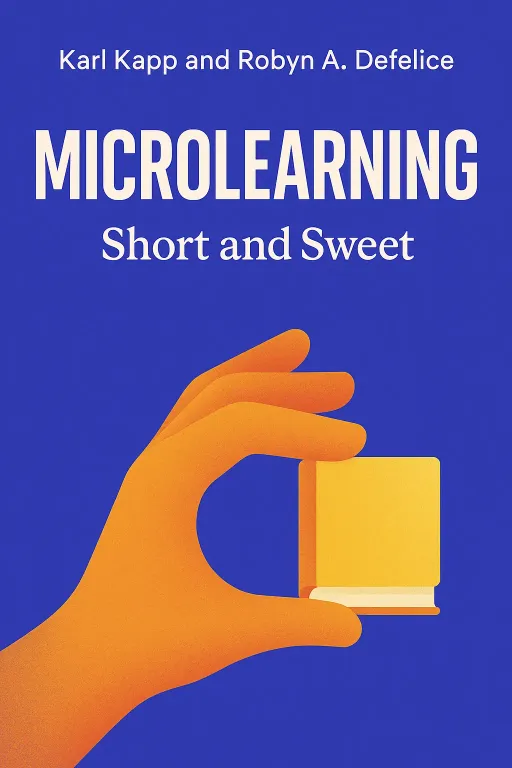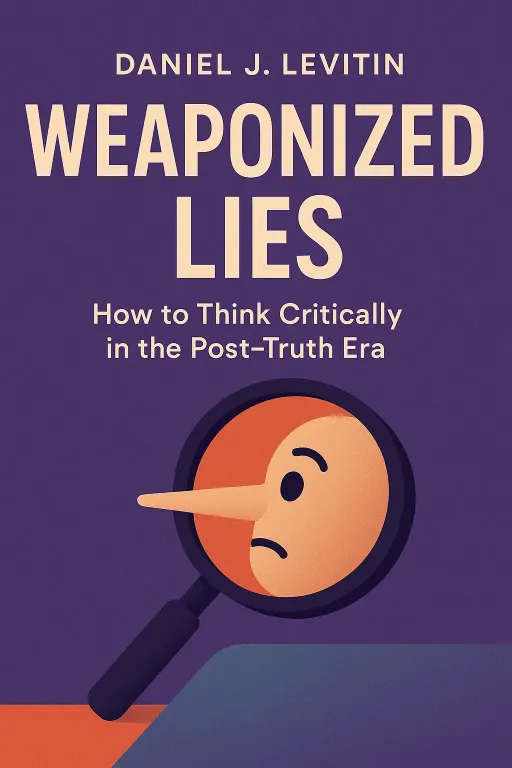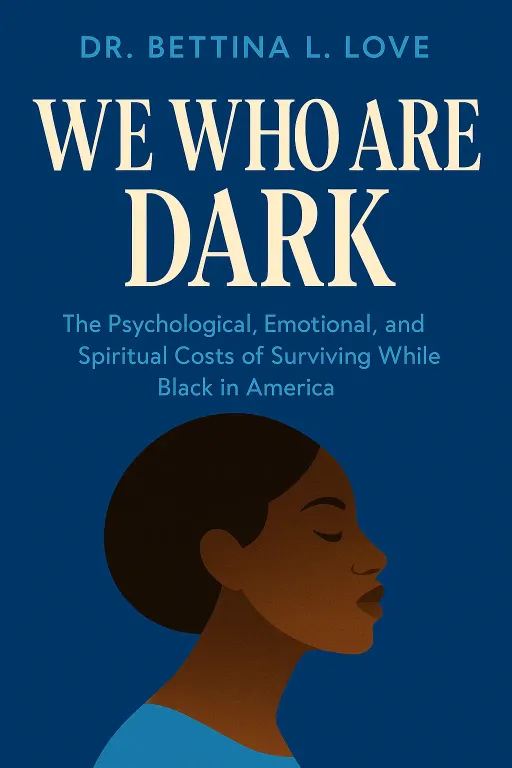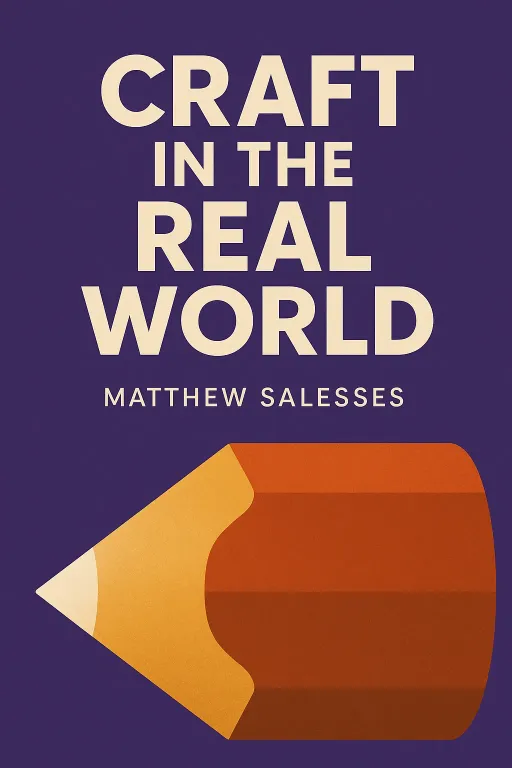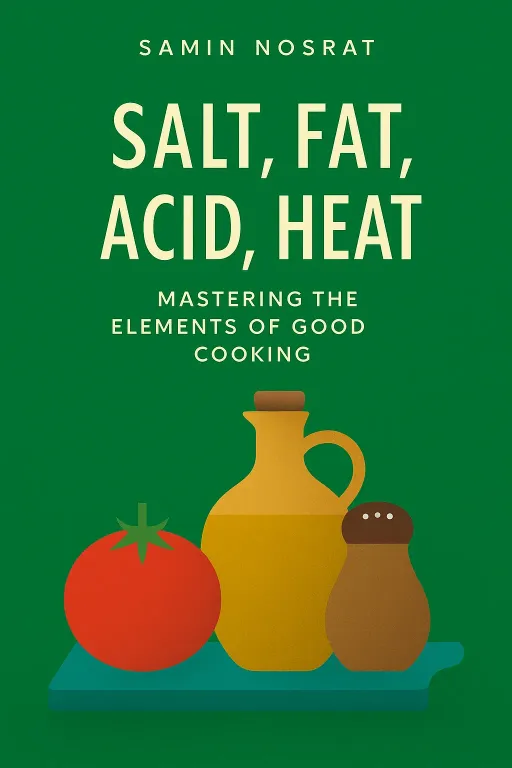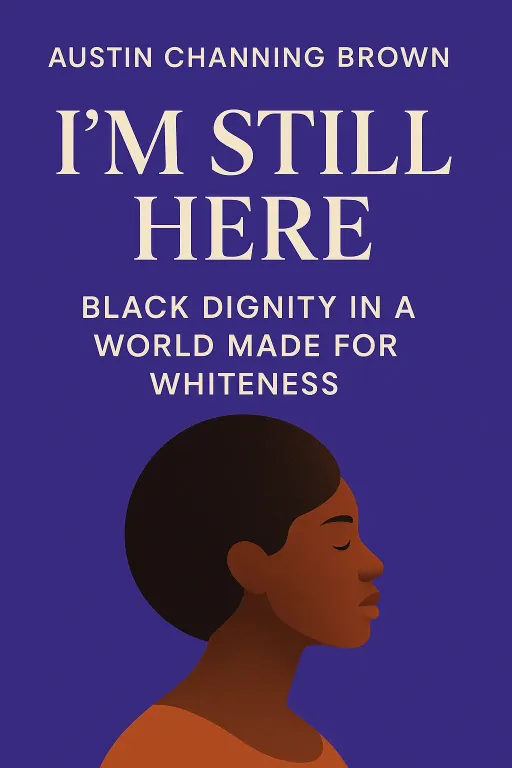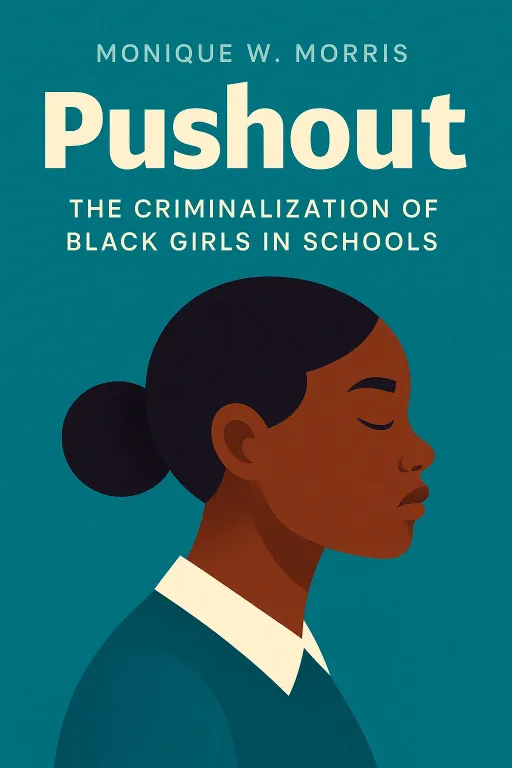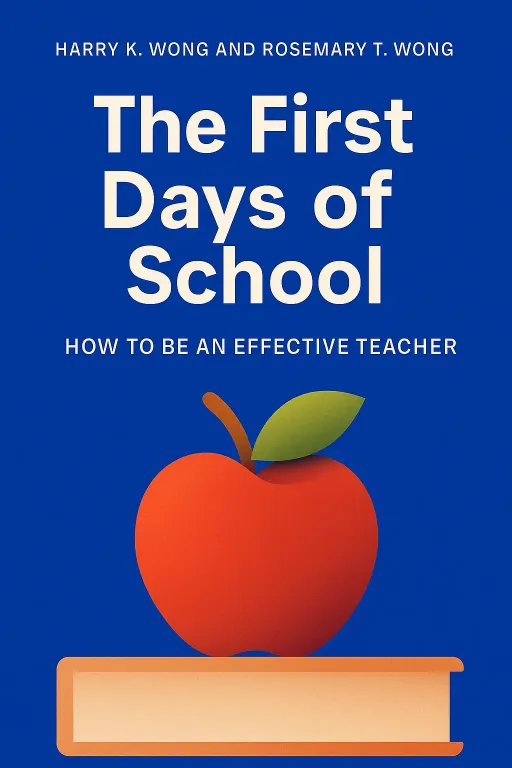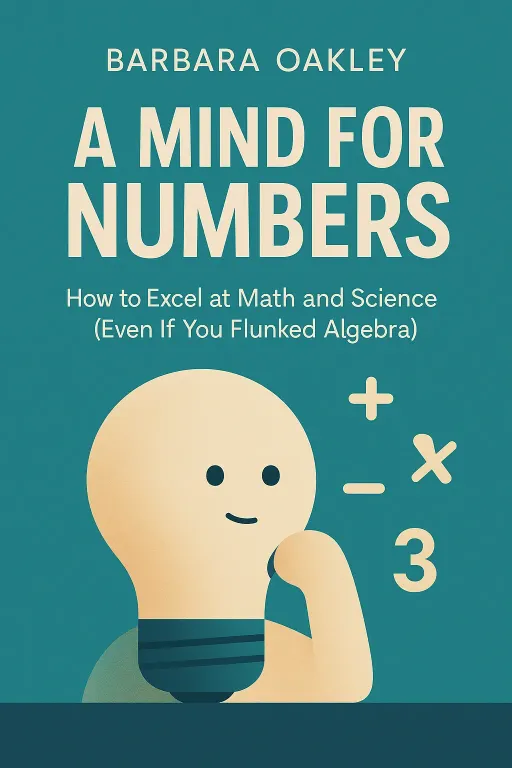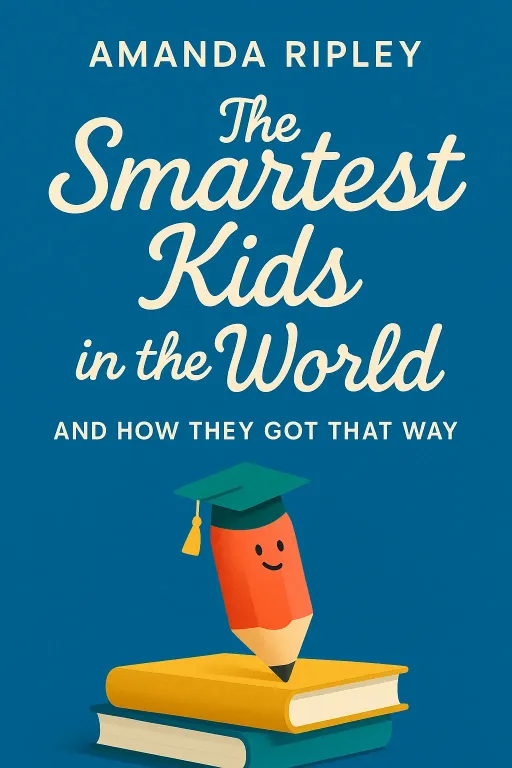
Decoding Global Genius: An EdTech Veteran's Guide to 'The Smartest Kids in the World'
13 minGolden Hook & Introduction
SECTION
Prof. Eleanor Hart: Alex, here’s a question for you as someone who has spent over a decade building the future of education: What if the secret to creating the world’s smartest kids has almost nothing to do with technology?
Alex Sarlin: That's a provocative start, Eleanor. And honestly, it's a question that keeps a lot of us in the EdTech space up at night.
Prof. Eleanor Hart: I imagine it does. Amanda Ripley’s book, "The Smartest Kids in the World," sends a shockwave through our assumptions. She follows American teenagers as they study abroad and finds that the countries topping the global education charts—places like Finland and Poland—aren't doing it with smartboards and one-to-one iPads. They're doing it with something far more fundamental, and perhaps, far more challenging to scale: rigor.
Alex Sarlin: Right. The focus on the fundamentals.
Prof. Eleanor Hart: Exactly. So today we'll dive deep into this from two critical perspectives. First, we'll explore the book's surprising discovery about the power of academic rigor over everything else. Then, we'll debate the million-dollar question for the 21st century: can technology actually help scale the human factors, like great teaching, that make these systems work?
Alex Sarlin: That's the billion-dollar question, Eleanor. It's a tension every product manager in EdTech lives with. We're constantly balancing the desire for engaging, slick technology with the ultimate goal: does it actually make students smarter? This book feels like required reading for my entire industry, because it forces us to confront our core assumptions.
Deep Dive into Core Topic 1: The Rigor Mandate
SECTION
Prof. Eleanor Hart: It really does. And the book's first big lesson is about defining what 'smarter' even means. It argues that for the world's top education systems, it's not about fun, or sports, or even self-esteem. It's about rigor. Let me paint you a picture from the book. It's the story of Elina, a sixteen-year-old Finnish student who comes to a small town in Michigan for an exchange year.
Alex Sarlin: Okay, I'm listening.
Prof. Eleanor Hart: Elina is thrilled. She's seen American high school on TV and is expecting something like 'High School Musical.' But what she finds is... baffling to her. She's placed in Algebra II, a class she finds incredibly simple, and she gets a 105 percent on her first test.
Alex Sarlin: A hundred and five percent. So, extra credit on top of an easy test.
Prof. Eleanor Hart: Precisely. Then, in her U. S. History class, before the exam, the teacher hands out a study guide. Elina is diligent, so she studies it. But then she realizes the study guide contains the questions and answers that will be on the test. She's not being asked to think, just to memorize. She becomes bored, disengaged, and eventually writes home, concluding with this devastating line: "Not much is demanded of U. S. students."
Alex Sarlin: Wow. That story is an indictment. In product terms, the 'user'—the student—is telling us the core product is failing to challenge her. We in EdTech talk a lot about 'engagement,' and we have all these metrics for it: clicks, time-on-task, daily active users. But Elina's story suggests we might be measuring the wrong thing entirely. She's disengaged it's too easy.
Prof. Eleanor Hart: That's a fantastic point. Her boredom is a symptom of the lack of challenge.
Alex Sarlin: It makes me wonder, are our platforms designed to make difficult concepts accessible, or are they designed to make them? And in doing so, do we strip out the 'productive struggle' that actually leads to deep, lasting learning? We might be optimizing for a feeling of progress, rather than actual progress itself.
Prof. Eleanor Hart: That's a brilliant distinction. The book would argue it's that 'productive struggle' that matters most. And it shows how this philosophy is baked into the system from the very beginning. Ripley contrasts the training of two teachers. There's Tiina Stara in Finland. To become a teacher, she had to get into one of only eight, hyper-competitive teacher-training universities. It's harder to get into than law or medical school there. She spent years rigorously studying Finnish literature before she ever stood in front of a class.
Alex Sarlin: So the experts are truly experts in their content.
Prof. Eleanor Hart: Deeply. Then there's Scott Bethel, a teacher in Oklahoma. He's a wonderful, dedicated guy, but he admits he became a teacher primarily so he could coach football. His path was much less demanding. He minored in math by taking a special, less rigorous track of math classes designed for people who didn't like math. The system's expectation of rigor starts with the teachers themselves.
Alex Sarlin: So the system is designed for rigor from the ground up. It's not an add-on. That's a huge insight. This is a massive challenge for technology. You can't just drop a 'rigorous' app into a system that doesn't value it. The culture, the teacher training, the parental expectations... it's all one integrated ecosystem.
Prof. Eleanor Hart: It is.
Alex Sarlin: So the question for an EdTech product becomes: can it be a catalyst for a culture of rigor? Or is it destined to be diluted by the existing, less-rigorous culture it's placed in? That's a strategic choice. Do you build for the system as it is, or for the system as it be?
Deep Dive into Core Topic 2: The Human Engine vs. The Shiny Object
SECTION
Prof. Eleanor Hart: And that question of culture and systems leads us directly to the second, even more provocative idea in the book. If rigor is the goal, what's the best tool to achieve it? Our modern instinct is to say technology. But the book presents a fascinating paradox.
Alex Sarlin: The paradox being that the best systems don't use much tech.
Prof. Eleanor Hart: You've got it. Ripley describes the experience of Kim, an American exchange student from Oklahoma who goes to Finland. Kim is shocked by her Finnish school. There are no interactive whiteboards, no iPads, no metal detectors or police officers like at her school back home. It's quiet. The walls are bare. But the students are all deeply engaged. She even notes a kid she mentally nicknames 'the stoner kid.' Back home, a kid like that would be checked out. In Finland, he's in class, taking notes, and doing his work diligently. There's just a shared, unspoken understanding that this is serious, important work.
Alex Sarlin: The culture is the operating system.
Prof. Eleanor Hart: Perfectly put. And this isn't just an anecdote. The book's appendix includes a survey of hundreds of AFS exchange students. The data is stunning. About 70 percent of all students, both American and international, agreed that U. S. schools have more technology. But a staggering 92 percent of international students said U. S. schools are easier.
Alex Sarlin: That data is a gut punch. It's the classic correlation vs. causation problem, but the implication is damning. We've invested billions in technology, but the perceived rigor, the core 'product,' is weaker. It suggests technology is, at best, a neutral variable and, at worst, a distraction from what actually matters.
Prof. Eleanor Hart: A very expensive distraction.
Alex Sarlin: It reminds me of another story from the book's prologue—the CEO of the company that makes McDonald's apple pies. He's in Oklahoma during a recession with high unemployment, and he still can't find enough factory workers who have the basic reading, math, and problem-solving skills to work the modern machinery. The system is producing graduates who lack fundamental skills, even with all our resources and all our tech.
Prof. Eleanor Hart: Precisely. The system is failing to deliver. But the book also offers a glimmer of hope, a different way to think about the role of technology, and it comes from another story about Kim's time in Finland.
Alex Sarlin: I'm all ears.
Prof. Eleanor Hart: Kim is in her Finnish class, and they're assigned the national epic, a book called 'Seven Brothers.' It's written in an old, difficult form of Finnish, and Kim, who is just learning the language, is completely lost and starting to panic. Her teacher, the same Tiina Stara with the rigorous training, notices her distress. She doesn't scold her or ignore her. She walks over quietly and hands her a different book: 'Seven Dog Brothers,' a children's picture book version of the same story. This allows Kim to follow the plot and participate in the class discussion. It was a simple, elegant, high-level act of human-powered differentiation.
Alex Sarlin: That's it! That's the holy grail of personalized learning. We spend millions, literally millions of dollars, trying to build algorithms that can do exactly that: assess a student's level in real-time and deliver the perfect intervention. But here, a well-trained, trusted, and autonomous teacher did it with intuition, empathy, and a deep understanding of her student.
Prof. Eleanor Hart: She saw a human need and met it.
Alex Sarlin: Yes! And this completely reframes the role of EdTech for me, listening to this. Maybe the goal isn't to build an AI that Tiina Stara. That's impossible. Maybe the goal is to build a tool that. What if technology could automate the grading, the logistics, the administrative busywork that consumes a teacher's day, to free them up to focus on those critical human interventions? What if it gave them simple, powerful diagnostics to spot the Kims in their class sooner?
Synthesis & Takeaways
SECTION
Prof. Eleanor Hart: So, we've landed on a powerful synthesis. The book shows us that rigor is the non-negotiable foundation of a great education. And your insight, Alex, is that technology's true purpose isn't to deliver that rigor directly, but to empower the human who can: the teacher.
Alex Sarlin: Exactly. The lesson from 'The Smartest Kids in the World' for the EdTech world isn't that technology is useless. It's that we've been pointing it at the wrong problem. We've been trying to automate instruction when we should be trying to augment the instructor. We need to build tools that serve the master craftsperson, not try to replace them.
Prof. Eleanor Hart: A perfect summary. It leaves us with a final, fascinating thought from the book: the Finnish concept of 'sisu.' It's a word that doesn't have a direct English translation, but it means a combination of bravado, tenacity, and inner grit. It's the ability to keep fighting when most people would have quit. It's not something you can download from an app store.
Alex Sarlin: Right. You can't code 'sisu.' And that's the ultimate challenge for us. As we design the future of learning, the question isn't just 'Can we make it engaging?' or 'Can we make it efficient?'. The real question, inspired by this book, is: 'Does our technology help cultivate rigor, empower teachers, and maybe, just maybe, create the conditions to foster a little bit of that human 'sisu'?"
Prof. Eleanor Hart: A question that could guide the next decade of innovation. Alex, this has been an incredibly insightful conversation. Thank you.
Alex Sarlin: The pleasure was all mine, Eleanor. Thank you.
